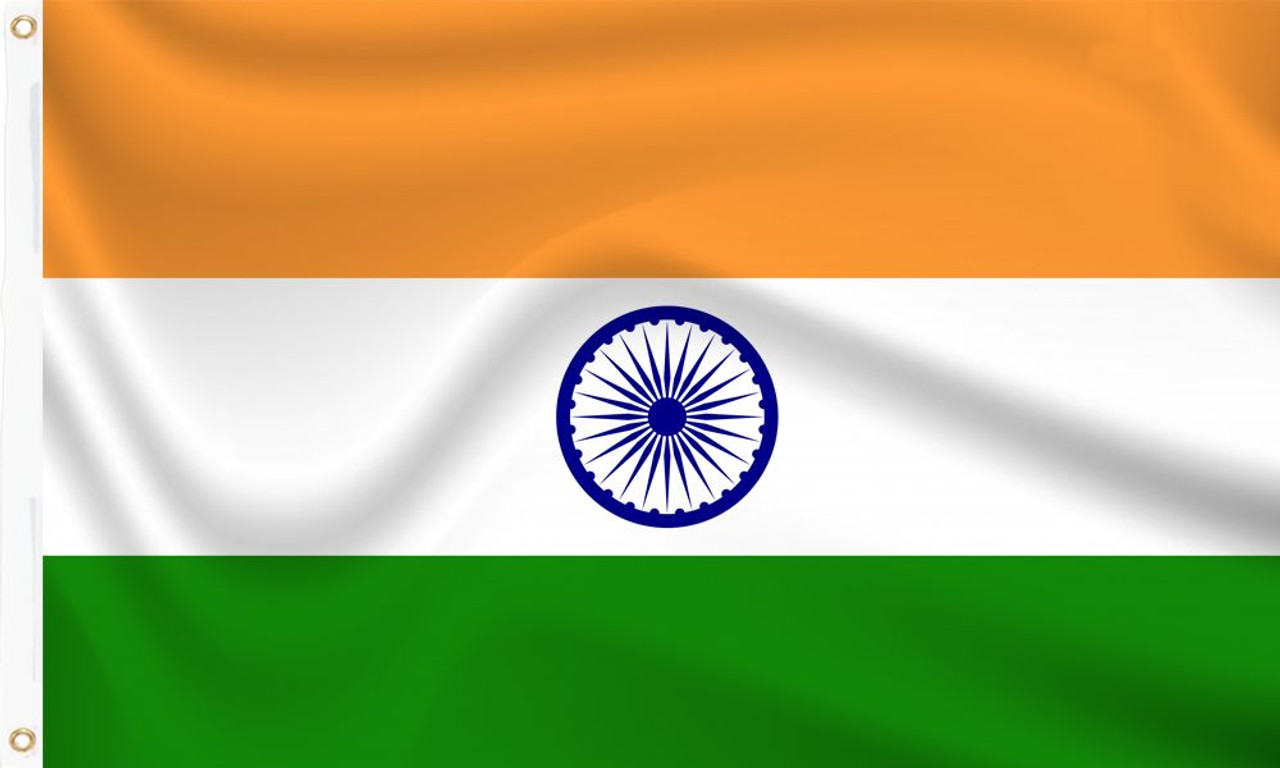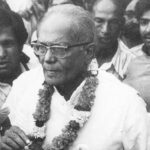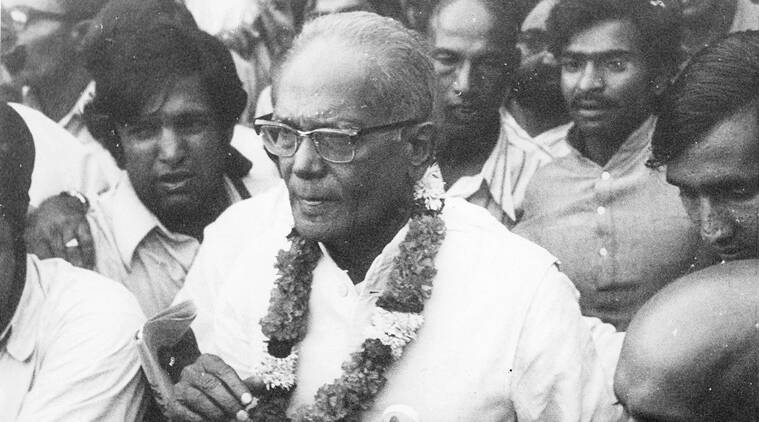Jayaprakash Narayan (JP) was one of the Mahatma’s twelve apostles and a front-line soldier in the Indian freedom struggle. JP used a mixture of ahimsa and violence in this war.
In 1974, he called for a ‘sampoorna kranti,’ or absolute revolution, to combat rampant corruption, unemployment, and the systemic undermining of democratic institutions, and the events that followed led to the infamous Emergency. It paved the way for a realignment of political powers in the world and gave the country’s politics a new direction, with far-reaching implications.
He was a true believer in putting youth at the forefront of systemic change. Those in control would naturally oppose any change, but he was convinced that only the passion and force of youth could bring about revolutionary change and that is exactly what happened in the 1970s.
JP mobilised students in Bihar to combat authoritarianism and corruption after blessing the Nav Nirman Andolan in Gujarat, where people rose up against a corrupt state government. He had such a hypnotic effect on the political scene that, under his tutelage, a slew of Congress splinter parties, including Congress (O), Jana Sangh, and Swatantra Party, as well as other socialists, merged to form the Janata Party. During the Janata regime, he could have easily risen to the top. Despite public demand for his leadership, he stated that power was not his goal.
Total Revolution, according to Jaya Prakash, is a combination of seven revolutions: political, social, economic, cultural, ideological or intellectual, educational, and spiritual, with the main aim of bringing about a shift in the current society in accordance with the Sarvodaya ideals. JP had a rather idealistic view of society, and it was in this search that he moved from Marxism to Socialism, and then to Sarvodaya.
The Bihar agitations turned into mass demonstrations in 1974, with people demanding changes in the political, social, and educational systems. At this point, JP announced a four-part strategy aimed at paralysing the government, implementing Gram Swarajya, and creating a people’s government. JP described the word “peoples government” as a small unit of democracy at the village, panchayat, or block level, preferably at all three levels.
These organisations were seen as channels of people’s power in times of peace, as well as in times of inequality or dictatorship, and were primarily responsible for the restoration of society on the basis of equality and the abolition of poverty, racism, and exploitation. JP also urged the people of Bihar, as well as the rest of India, to unite by setting aside their personal and political differences.
His motivation for inciting the Bihar students was to bring about a full transformation of the Indian polity’s governmental framework and system. He named it a ‘Total Revolution’ because of this. JP gave a thorough presentation on the principle of Total Revolution. The idea of total revolution reflected his commitment to socialist and humanistic ideals.
JP sought to transform culture as well as people’s attitudes toward society through this revolution. He also urged workers in Bihar to prepare for a long fight to achieve the complete revolution’s goals.
JP claimed that a vigorous opposition, a powerful public opinion, a free and fearless press, and intellectual and moral pressure from academics and trade unions were all important for democracy to be a vibrant and successful instrument. In reality, he urged people to rethink their views and attitudes toward India’s democratic functioning.



One response to “SAMPOORNA KRANTI !”
Hi, this is a comment.
To get started with moderating, editing, and deleting comments, please visit the Comments screen in the dashboard.
Commenter avatars come from Gravatar.